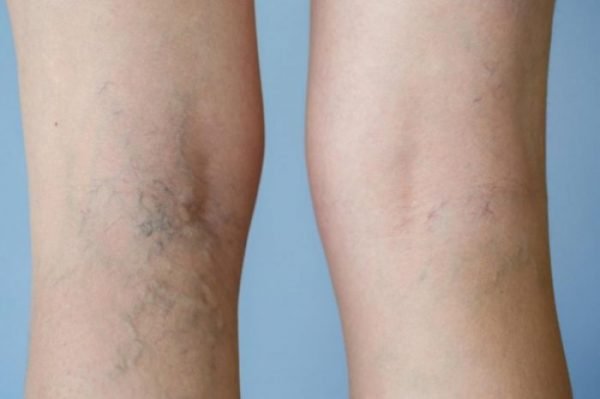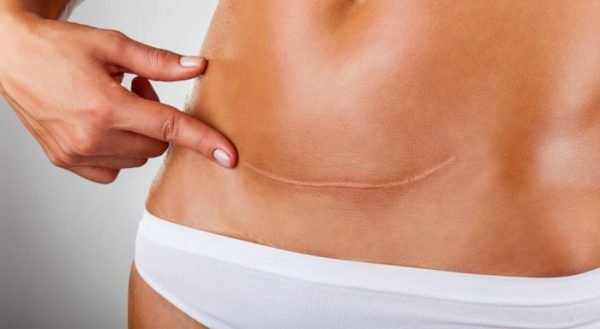ABOUT LIPOSUCTION
Liposuction is a surgical procedure to remove fat from beneath the skin. The procedure is performed with a narrow suction device. Some devices use ultrasound to help break down fat. Liposuction can be used to target a range of areas, including abdomen, hips, thighs, calves, arms, buttocks, back, neck, or face.
Liposuction can target stubborn, unwanted fat deposits in patients who are slightly overweight or who have a normal weight, but have fat build-ups in one area. Liposuction is not recommended as a treatment for obesity, as surgeons can only remove a limited amount of fat.
Recommended for
- Patients with stubborn deposits of fat
TIME REQUIREMENTS
- Number of days in hospital: 1 – 3 days.
Usually performed as an outpatient procedure. Patients may spend up to 3 days in hospital if a lot of fat is removed.
- Average length of stay abroad: 1 weeks.
Liposuction can be a minor or major surgery depending on the area and amount of fat removed.

COMPARE LIPOSUCTION PRICES AROUND THE WORLD
| Country | Cost |
|---|---|
| Ireland | 3500€ |
| France | 3500€ |
| Morocco | 2000€ |
| India | 1812€ |
| Mexico | 1544€ |
| Thailand | 1482€ |
| Poland | 1385€ |
| Tunisia | 1200€ |
| Hungary | 1050€ |
HOW TO FIND QUALITY TREATMENT ABROAD
BEFORE LIPOSUCTION ABROAD
Patients are advised to make small lifestyle changes in the weeks leading up to the surgery in order to aid recovery. This includes quitting smoking, reducing alcohol consumption and avoiding aspirin and other medications that can cause the blood to thin.
HOW IS IT PERFORMED
Liposuction is performed through small incisions. Depending on the size of the area being treated, the surgeon may make one or several small incisions to reach the target areas. A small suction tube is inserted through the incisions and fat is suctioned away from beneath the skin using the sharp end of the device.
Once the procedure is completed, the surgeon may leave the incisions open and surgical drains may be attached to prevent a build up of fluid in the area. Other surgeons may partially close the sutures and then apply a dressing which will need to be changed often.
Many patients who undergo liposuction choose to combine this with other surgeries such as an abdominoplasty or body lift.
Anesthesia
Normally general anesthetic, occasionally local anesthetic.
Procedure duration
The Liposuction takes 1 to 2 hours.
If large areas are being treated, the procedure may take longer.

WHAT TO EXPECT AFTER LIPOSUCTION
Post procedure care
Depending on the amount of liposuction, patients may be discharged, or may stay overnight in hospital. Patients should rest and keep the wounds clean, avoiding swimming or sunbathing.
The doctor may offer special compression clothing to wear, and may prescribe antibiotics. When the anesthesia wears off, there may be some pain and patients should ask the doctor about which painkillers are appropriate. The incisions are usually small, resulting in minimal scarring.
Patients should seek travel advice from their treating doctor, however, in general it is recommended to wait at least 7 days before flying and to take precautions against deep vein thrombosis (DVT).
Possible discomfort
Numbness, tingling and discomfort are common following liposuction, as well as some swelling and bruising. Most patients find these symptoms subside after a week, and the final results are visible after 4 to 6 weeks.
IMPORTANT THINGS TO KNOW ABOUT LIPOSUCTION
Not recommended for
- Obesity
- As a substitute for exercise and diet, or as a cure for general obesity.
- Cellulite treatment
- Certain areas of the body such as the breasts, as the fat on the sides of the breasts, is a common site for cancer
Potential risks
- Scarring
- Infection
- Embolism
- Internal organ puncture,
- Nerve changes
- Swelling
- Necrosis
- Burns (with ultrasound)
- Fluid imbalance
FREQUENTLY ASKED QUESTIONS
Liposuction is performed under local anesthetic where the immediate area is numb or general anesthetic where you are asleep throughout the procedure. You should not feel anything during the procedure.
Most patients say they had moderate pain for approximately 3 days after surgery. After that, there is some mild discomfort when going from rest to motion that lasts several weeks. Most patients are able to return to semi-normal activities after 2-3 days, though it may take several weeks to feel normal.
You should ask your doctor how long you will need to recover before you can travel. It may depend on what areas are treated and how much fat is removed. Although most patients are able to return to desk jobs after about 3 days, you should plan for about 10 days of recovery after liposuction. It will take about 4-6 weeks to be back to “full speed,” even though there may be swelling for 3-5 months.
The results from liposuction are permanent. If you gain a significant amount of weight after the surgery, the fat will be distributed proportionately across all of the fat cells in your body. Because liposuction will leave fewer fat cells where it is performed, less fat will return to those areas and there will still be a contour where the liposuction was performed. The best way to maintain your results after surgery is to stick to a healthy diet and exercise.
The American Society of Plastic Surgery recommends no more than 5 liters of fat should be removed in an outpatient treatment at a time, although every patient is different. You should consult your doctor about your specific case. You may have to plan more than one procedure to achieve all of your goals.
There will be some swelling and bruising after surgery. Bruising will usually disappear within 4 weeks but swelling may last for up to 5 months post-surgery. The skin will contract and shrink for up to a year afterwards, so you may not see full results for up to 12 months.
Liposuction is not a weight loss method. The best candidates for liposuction are patients who are close to their weight-loss goal but have fatty deposits that won’t respond to diet and exercise. It is not intended to be a weight loss method on its own, but to enhance the results of an effective weight loss program.
Some surgeons will perform a tummy tuck (abdominoplasty) at the same time as liposuction. Many patients have had good results combining the 2 procedures together. You should ask your surgeon if this is a good option for you.















